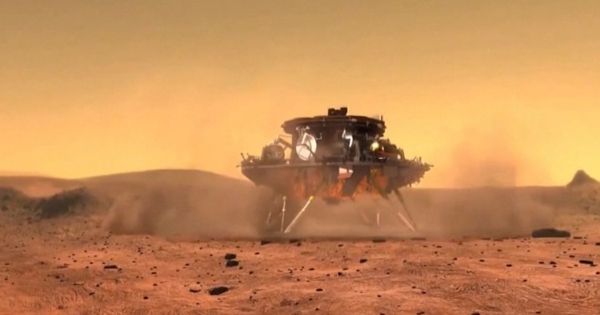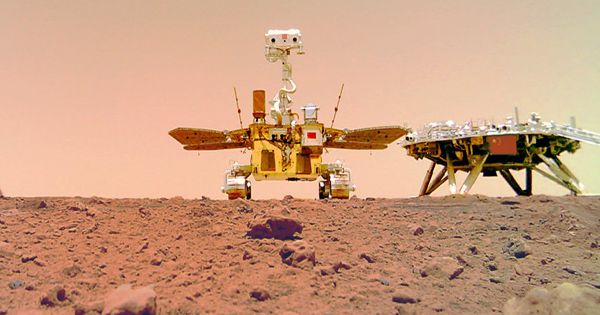Perseverance has successfully scooped a sample of Martian soil for eventual return to Earth after failing on its first attempt. This is the first time a sample from the planet has been discovered. It will not, however, be making the interplanetary trip for analysis anytime soon. It will have to wait for any signs of ancient life on Mars that it may provide.
Despite the increasing sophistication of the analytical systems onboard the Mars rovers, their capabilities still trail far behind those of Earth-based laboratories.
As a result, Perseverance’s job includes collecting samples from particularly interesting-looking rocks or rubble and storing them in one of the ship’s 43 sample tubes. A mission will visit Mars in the future, tentatively scheduled for 2026-31, that will be capable of making a round trip, bringing Perseverance’s collection back to Earth. Perseverance bore a tidy small core hole for its first sample on August 5. “One of the tasks that occur after inserting a probe into the collection tube is to measure the amount of the sample,” NASA stated on August 6.

The probe encountered no resistance, which would be expected if there was a sample inside the tube.” It appeared that the sample had vanished. It now stands a better chance of succeeding. Perseverance tried again about 800 meters (0.5 miles) from where the initial effort was made. NASA declared the results to be a success this time. “The crew picked and cored a viable and scientifically valuable rock after determining a location. Jennifer Trosper, project manager, stated, “We did what we came to do.”
On social media, scientists involved with the project were more enthusiastic.
Perseverance chose a more solid target this time, choosing a rock NASA calls “briefcase-sized” that sits on a ridgeline full of outcrops and boulders. The previous failure was now attributed to the first sample being from an insufficiently robust rock, so this time Perseverance chose a more solid target, choosing a rock NASA calls “briefcase-sized” that sits on a ridgeline full of outcrops and boulders.
Despite this, not everything went as planned. The material appears to be intact and present in the tube in the initial photographs taken by Perseverance, but further views are equivocal. Perseverance will wait most of a Martian day to photograph the sample again in a better light, as it is thought that stronger illumination is required.
Although slipping a core sample into a storage tube appears to be a simple procedure, the initial difficulties demonstrate why, despite the substantially higher cost, sending humans has advantages. However, as NASA systems engineer Dr. Rachel Kronyak noted, acquiring a sample is a multi-stage procedure that can take up to a week. Perseverance must, in particular, “Deliver the core (within its sample tube) to the belly of the rover, where it passes through a complex sequence of sample assessment, imaging, hermetic sealing, and eventual storage” once a core has been taken.
















